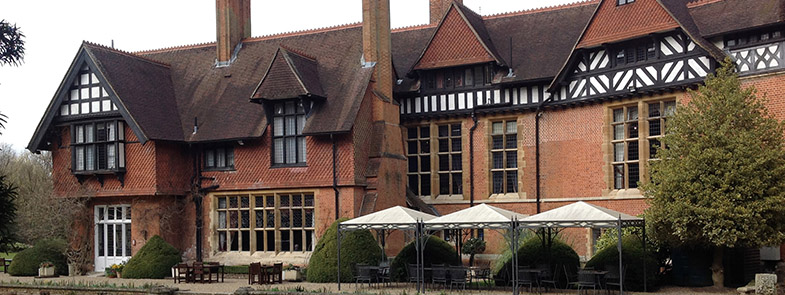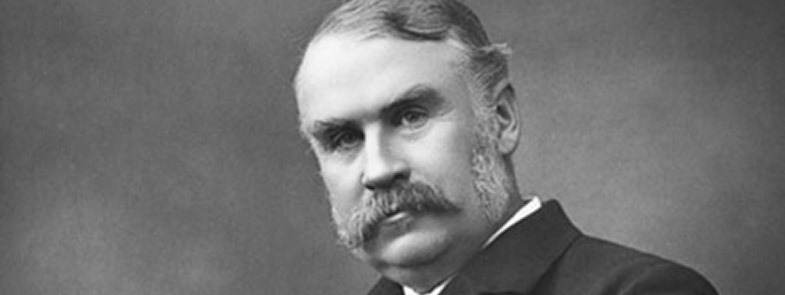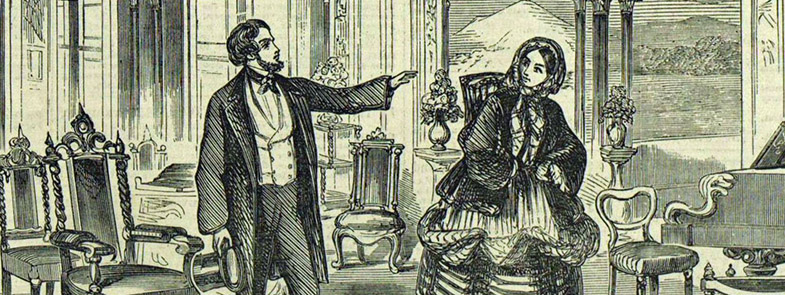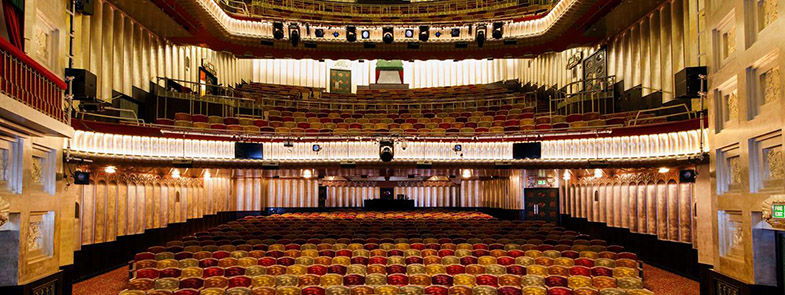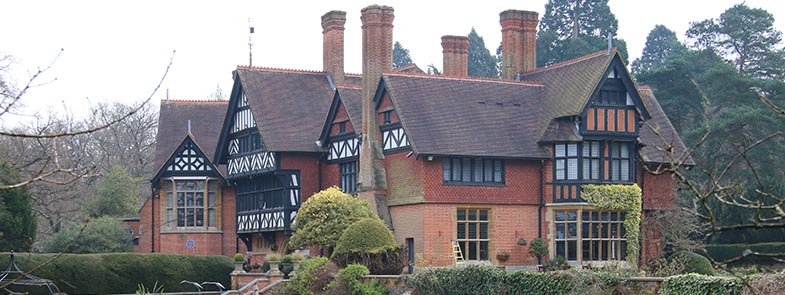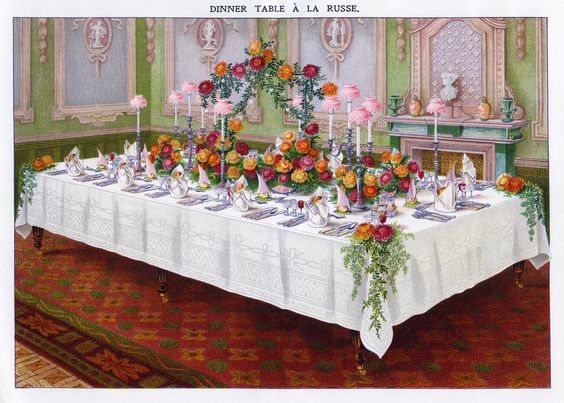Built in 1870, Grims Dyke was designed by Richard Norman Shaw. Shaw was renowned for blending old and new styles of architecture and Grims Dyke was a testament to this. The design and subsequent build of Grims Dyke, successfully proved his theory that old English architecture was compatible with modern ideas of comfort and style. Grims Dyke was created in … Read More
The Garrick Theatre – W.S. Gilbert’s legacy
The Garrick Theatre first opened its doors on 24th April 1889, with an Arthur Wing Pinero play, The Profiligate. Situated on Charing Cross Road, The Garrick was renowned English librettist, dramatist, poet and illustrator W.S. Gilbert’s legacy (as financier for the theatre’s build). Designed by Walter Emden, the theatre nearly didn’t happen, after difficult site planning, due to an underground river being discovered … Read More
W.S. Gilbert – a leading figure for theatrical reform
Drawing of Priscilla German Reed in both the parts she played in an 1857 double bill: the title roles in The Flower-boy and The Scotch Fisher-girl In the 1870’s the theatres of London were full of sexually orientated burlesque shows and badly adapted French operettas. Theatre had fallen into disrepute and wasn’t seen as a suitable place for any underage … Read More
The Savoy Theatre – home of Gilbert & Sullivan
Built by Richard D’Oyly Carte, the Savoy Theatre opened on 10th October 1881. Originally, the theatre was going to be called the ‘Beaufort Theatre’, but Carte chose to honour the original Savoy Manor theatre, previously on the site. The Savoy Theatre was purpose-built as the showcase for Gilbert & Sullivan comic operas and the partnership subsequently becoming known as the ‘Savoy Operas’. Plans afoot Although … Read More
The cultural influences of Gilbert & Sullivan
Gilbert & Sullivan were well-known for their comedy operas, with the likes of ‘Pirates of Penzance’ and ‘Iolanthe’. They appealed to the audiences of their time, due in part, to the successful partnership of Gilbert’s lyrical genius & the musical composition of Sullivan. However, their operas were more than great shows – they also influenced our culture, from politics through to advertising. Gilbert & … Read More
Life of a Victorian writer
The Victorian era has bought us some of the most famous writers in history – Charles Dickens, William Makepeace Thackeray, the Bronte sisters, W.S. Gilbert, Robert Browning and George Bernard Shaw. These playwrights, poets and authors created works that continued to delight us, long after their deaths – but what was it really like for the Victorian writers? Victorian Literature and Overnight Celebrity It was … Read More
The Victorian British Parlour – A Room with Status
When it came to selecting the most ornate room in a Victorian house, chances are it was always going to be the Parlour. It was the only room in a traditional Victorian house that was created predominantly to illustrate your wealth and status in society. And this made it the ideal place to entertain your guests. The word ‘parlour’ originated from the Latin … Read More
The changing role of Grim’s Dyke and other estates from the bygone era
Like any country house and estate in England, Grim’s Dyke has had its fair share of changes over the years. Originally designed and built in 1870’s by Richard Norman Shaw, Grim’s Dyke has had name and owner changes, conversions and additions to its original layout – but the biggest of those changes happened at the start of World War I. … Read More
Host your own dinner party – the W.S. Gilbert way!
Mrs Beeton’s Dinner table Setting During the Victorian era, Sir William Schwenck Gilbert and his wife, Lucy, hosted some amazing dinner parties at Grim’s Dyke. They were the talking point of local society, not least because the family lemurs often made an appearance! Victorian dinner parties were all about status, refinement and attention to detail – and Lady Gilbert excelled in these areas. If … Read More
Gilbert & Sullivan: after the Savoy Operas
The Gilbert & Sullivan collaboration ran from 1871-1896. The duo produced a total of 14 Savoy Operas, but the relationship had reached breaking point, leading them to part company. W.S. Gilbert In the years that followed, Gilbert continued to write, even after he’d announced his retirement from the theatre. Gilbert’s first solo play was in 1897. Entitled ‘The Fortune Hunter’, it unfortunately … Read More


